Son Hoa Commune is a locality with a very large sugarcane growing area. Over the past 5 years, the sugarcane area here has increased sharply, from 7,509 hectares in 2020 to 8,301 hectares in 2025. Most sugarcane growers here have signed contracts with businesses, receiving fertilizer support, machinery investment and subsidies with higher purchase prices than the market. The business model as a focal point linking production, processing and consumption of raw sugarcane has been helping farmers escape poverty and become rich.
Mr. KVSR Subbaiah, General Director of KCP Vietnam Industrial Co., Ltd., said: “Having been present in Son Hoa commune for the past 25 years, the company has purchased 18.24 million tons of sugarcane, paid 18,803 billion VND for sugarcane to farmers, invested 4,174 billion VND in raw material areas, supported 147 billion VND in non-refundable subsidies to farmers, paid 1,263 billion VND to the state budget, contributed 87 billion VND to rural development and social work. In the 2025-2026 crop year, after the Provincial People's Committee approved the adjustment of the investment policy by an additional 64.261 million USD, the company increased its processing capacity to 15,000 tons of sugarcane/day, signed contracts to purchase sugarcane for 13,700 farming households on a total area of 30,850 hectares”.
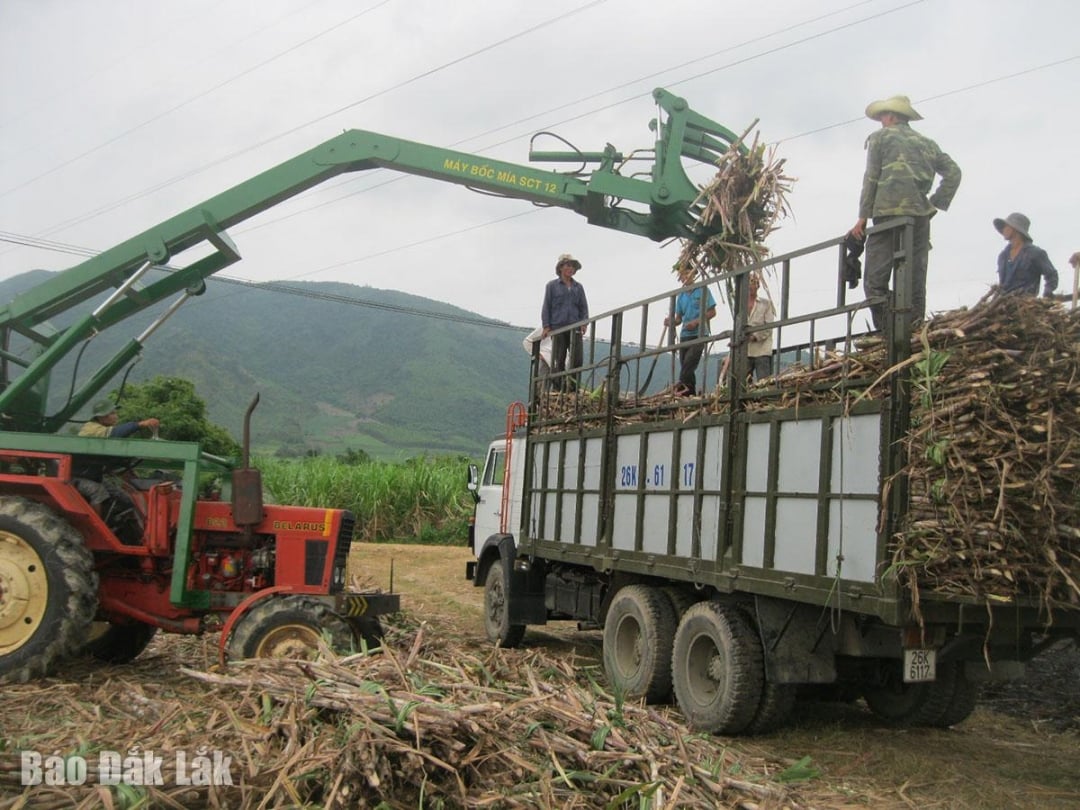 |
| When producing in a chain, sugarcane farmers are not only purchased but also supported with sugarcane harvesting machines. (In photo: Sugarcane harvesting by machine in Son Hoa commune). |
In Xuan Phuoc commune, to find an outlet for peanuts, Xuan Phuoc Agricultural Production and Service Cooperative built a pressing workshop and registered a trademark for peanut oil products. “Last season, the cooperative cooperated with neighboring cooperatives to consume an additional 31 tons of peanuts, bringing in an additional 620 million VND for the people. Thus, the unit not only consumes the entire peanut growing area for the people in the commune but also consumes an additional 11 hectares of peanuts from people in some surrounding communes…”, said Mr. Nguyen Du, Director of Xuan Phuoc Agricultural Production and Service Cooperative.
By working together, businesses, cooperatives, and farmers all benefit. Businesses and cooperatives have a stable source of raw materials for processing. People can rest assured in production thanks to guaranteed output and stable prices.
The participation of scientists in the chain helps increase the value of agricultural products when agricultural products are not only exploited in the traditional way but also have the opportunity to promote multiple values. That is to create a stable source of raw materials, consistent in quality, helping the processing and distribution of products of enterprises to be convenient.
Growing corn for grain is a traditional method. Since the Maize Research Institute created a new corn variety and established a corn biomass production process, corn has been exploited for both stems and leaves. Thanks to that, the economic value of this plant has also increased by 20% compared to corn production for grain. In particular, from being an auxiliary food crop after rice, corn can become a key crop in livestock farming.
According to Dr. Nguyen Huu Hung (Maize Research Institute), MG9 and MG19 corn varieties were tested for 2 crops in the communes of Son Thanh, Tay Hoa, Dong Xuan, Phu Mo... The result was a yield of over 70 tons/ha, dry matter content of 28 - 30%, protein content of over 9%, fiber ratio of 18 - 20% of dry matter mass. All these indicators show that corn biomass is very suitable for animal feed. Exploiting this value, Phu Yen High-Tech Dairy Farm Co., Ltd. and a number of other enterprises purchase it for people to use as raw materials to process feed for livestock in the province and export to Japan. For people, after being transferred the technique of planting and fermenting food, they can also produce on-site, ensuring a source of food for household livestock during rainy, stormy, cold days...
Practices from sugarcane, peanuts or the biomass corn model show that chain linkage not only solves output and increases the value of agricultural products but also creates the foundation for a modern and sustainable agriculture. When each subject clearly understands their role in the chain - farmers produce according to standards, cooperatives organize linkages, businesses invest and consume, scientists accompany in technology - this relationship will continue to develop its strength. This is the inevitable direction to gradually improve local agricultural products and increase stable income for people.
Source: https://baodaklak.vn/kinh-te/202510/hieu-qua-thuc-te-tu-nhung-moi-luong-duyen-3051665/


![[Photo] Prime Minister Pham Minh Chinh received Mr. Yamamoto Ichita, Governor of Gunma Province (Japan)](https://vphoto.vietnam.vn/thumb/1200x675/vietnam/resource/IMAGE/2025/10/21/1761032833411_dsc-8867-jpg.webp)
![[Photo] Da Nang residents "hunt for photos" of big waves at the mouth of the Han River](https://vphoto.vietnam.vn/thumb/1200x675/vietnam/resource/IMAGE/2025/10/21/1761043632309_ndo_br_11-jpg.webp)




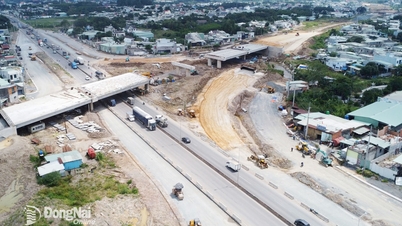



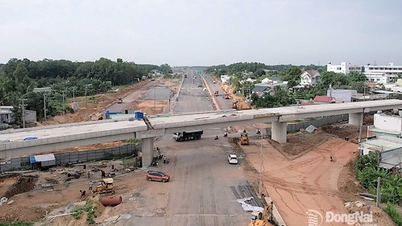



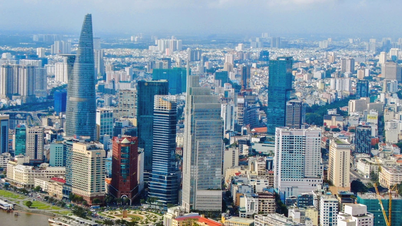

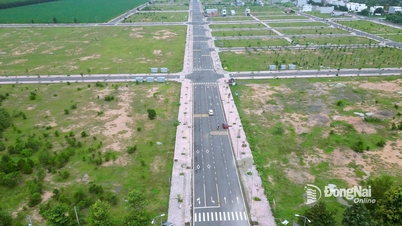




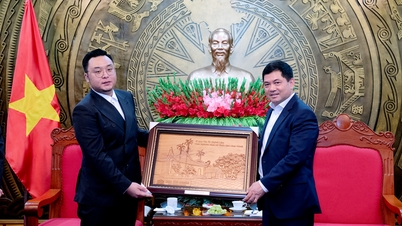

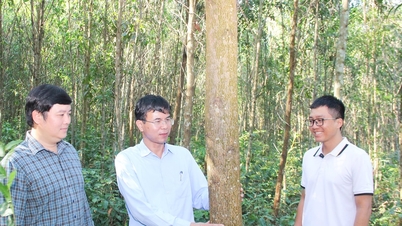

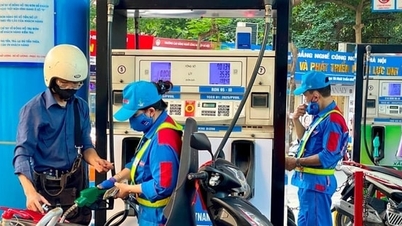






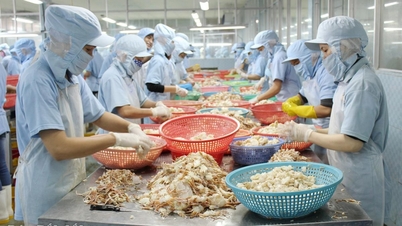
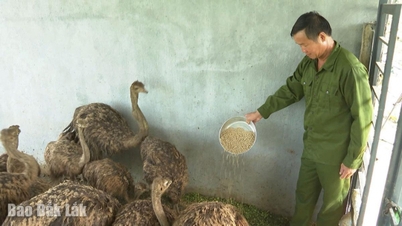
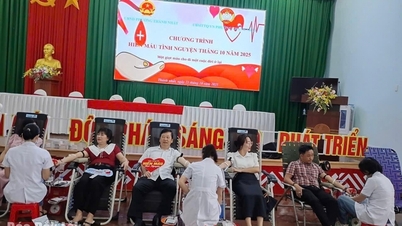
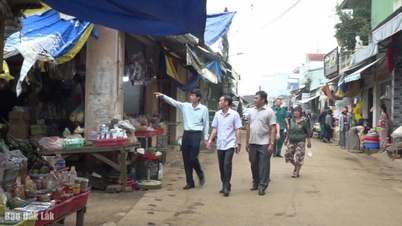
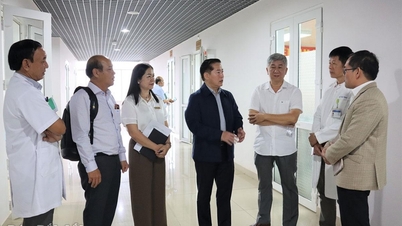
![[Photo] Prime Minister Pham Minh Chinh meets with Speaker of the Hungarian National Assembly Kover Laszlo](https://vphoto.vietnam.vn/thumb/1200x675/vietnam/resource/IMAGE/2025/10/20/1760970413415_dsc-8111-jpg.webp)




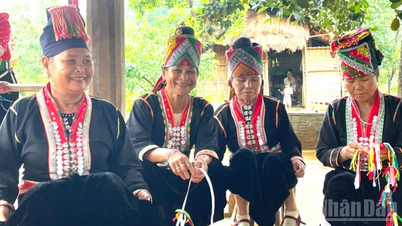





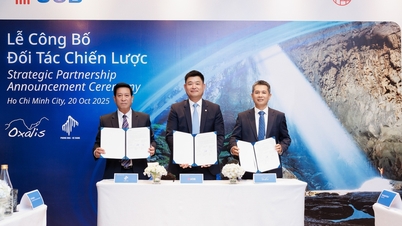




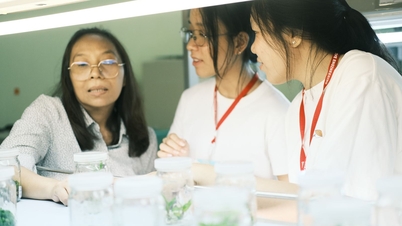



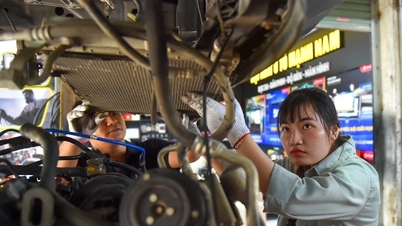

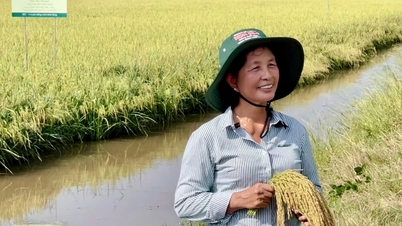





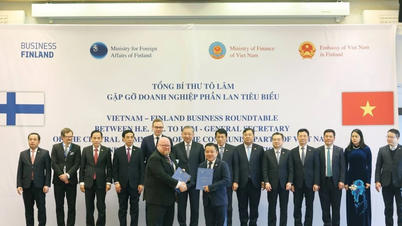


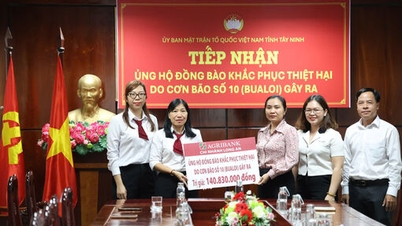







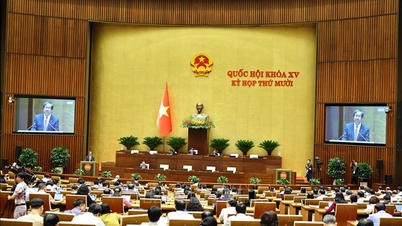
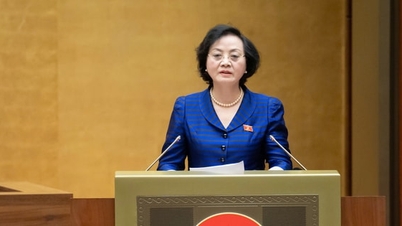
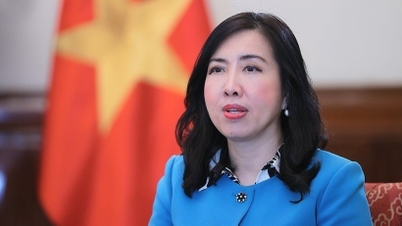
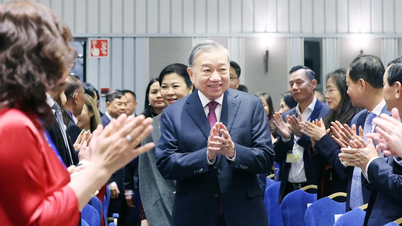


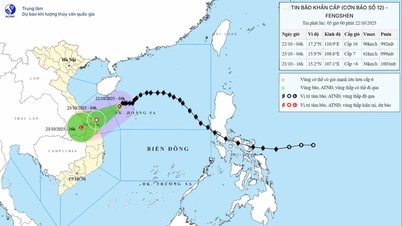


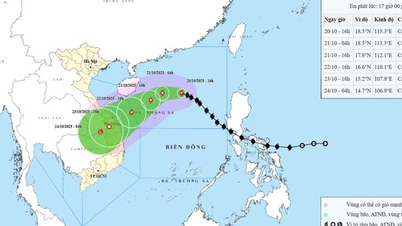
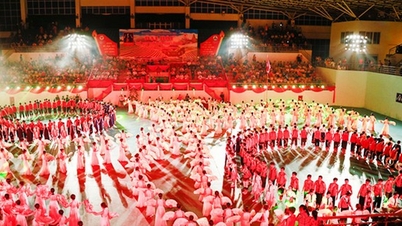
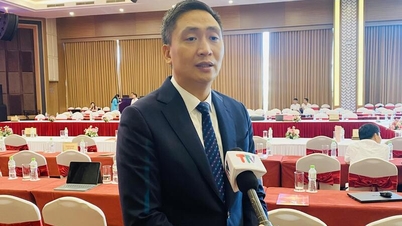


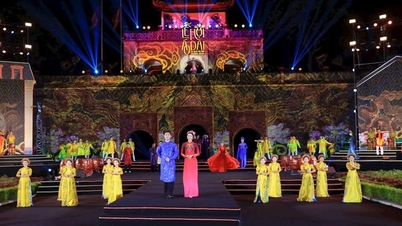
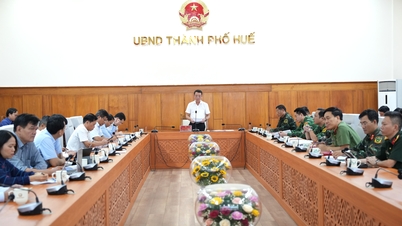

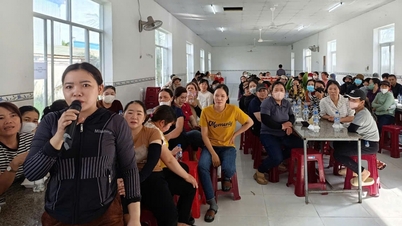


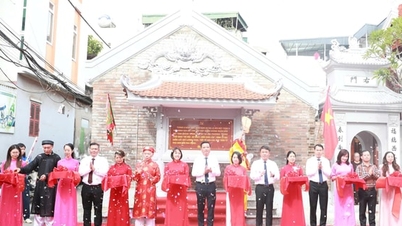
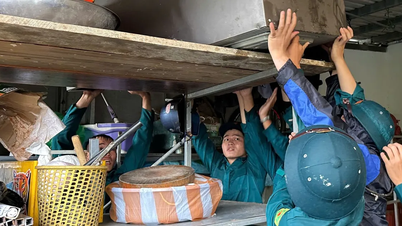











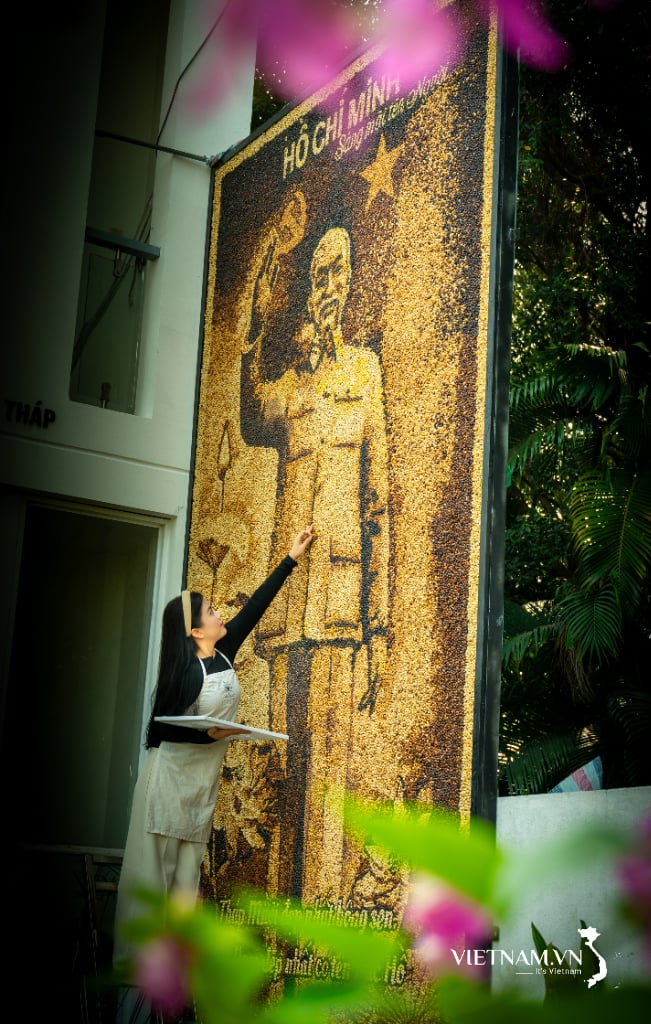


Comment (0)